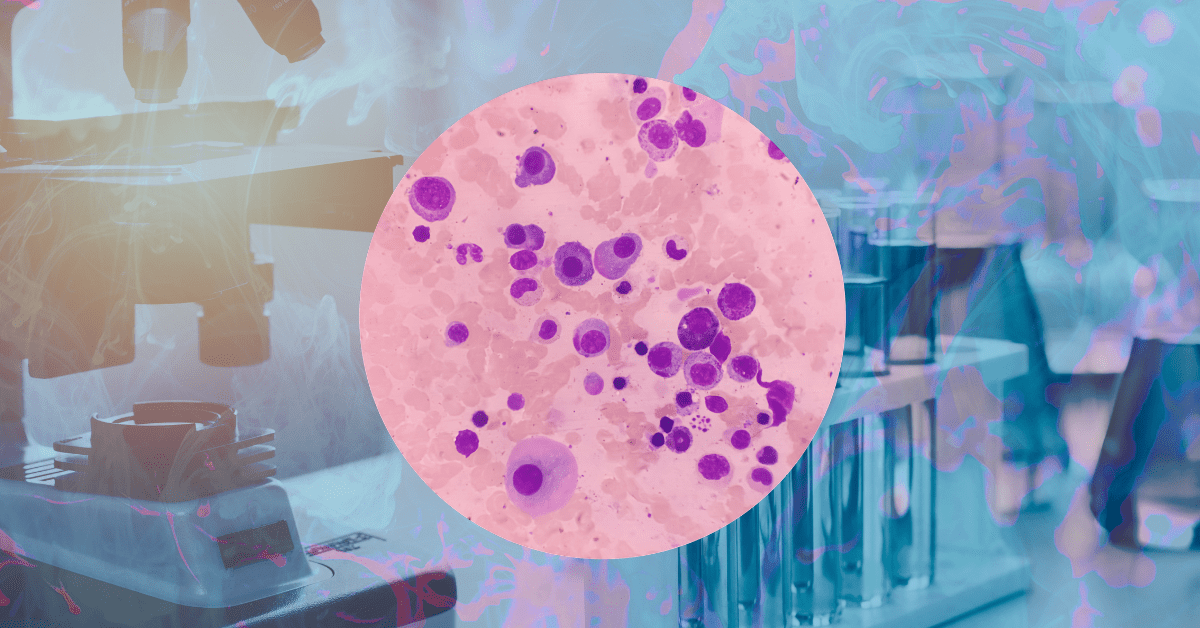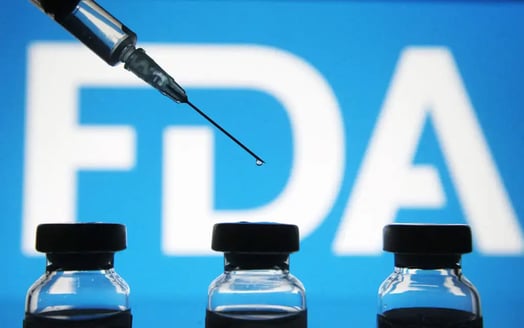
The state of vaccine development
A primer on why recent vaccine news matters and what challenges remain.
Published:
Updated:
Need the full story?
Sign up for The Hustle to get the business world's wildest stories delivered daily. This one's on us.
Related Articles
-

-

Clean blood is trendy, if you can afford it
-

A startup unleashes longer lives for our dogs
-

From taboo to treatment: Menopause startups address the needs of millions
-

One startup might have the solution to donor bone marrow in the bank
-

The startup reimagining the egg-freezing business
-

How neuroaesthetics and design affect our health
-

An opportunity to send your medical anxieties to a whole new level
-

The air ambulance industry is looking up
-

Eli Lilly cuts insulin costs — for real, this time


